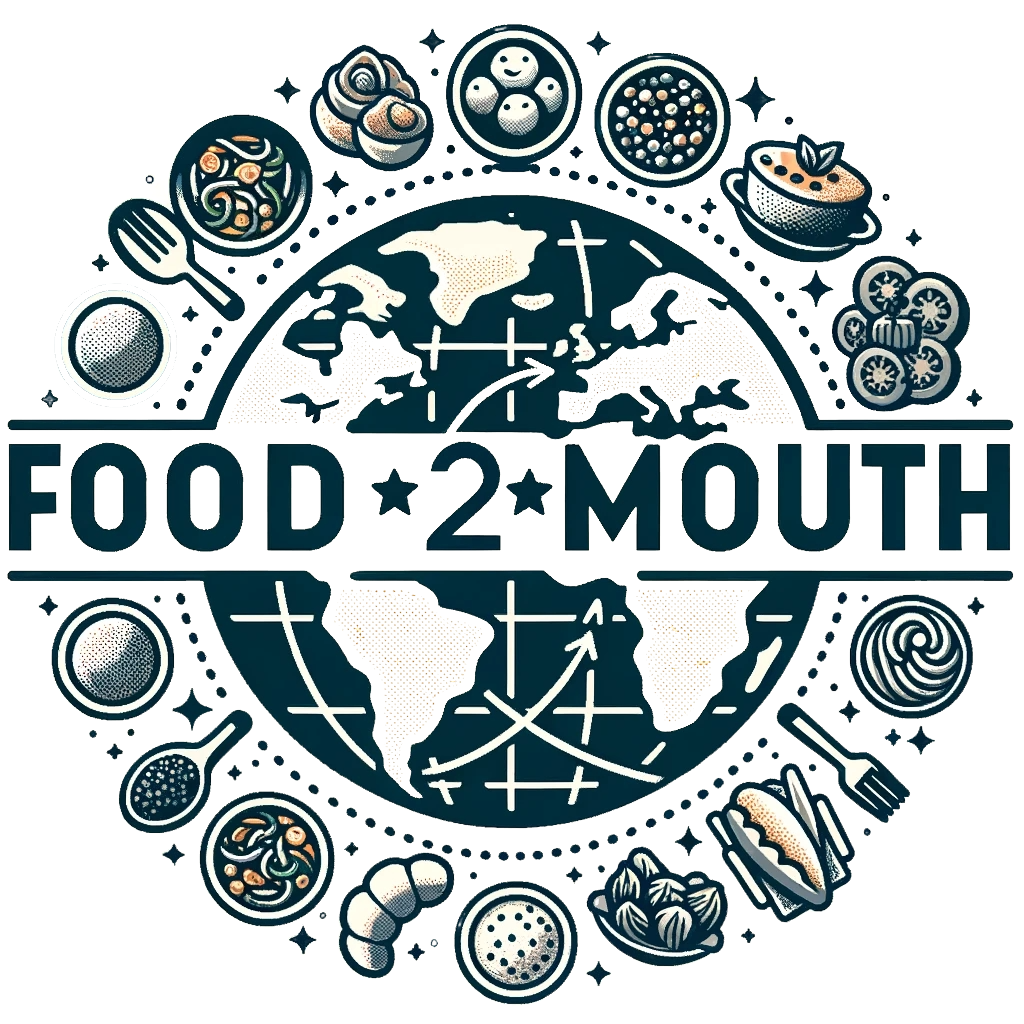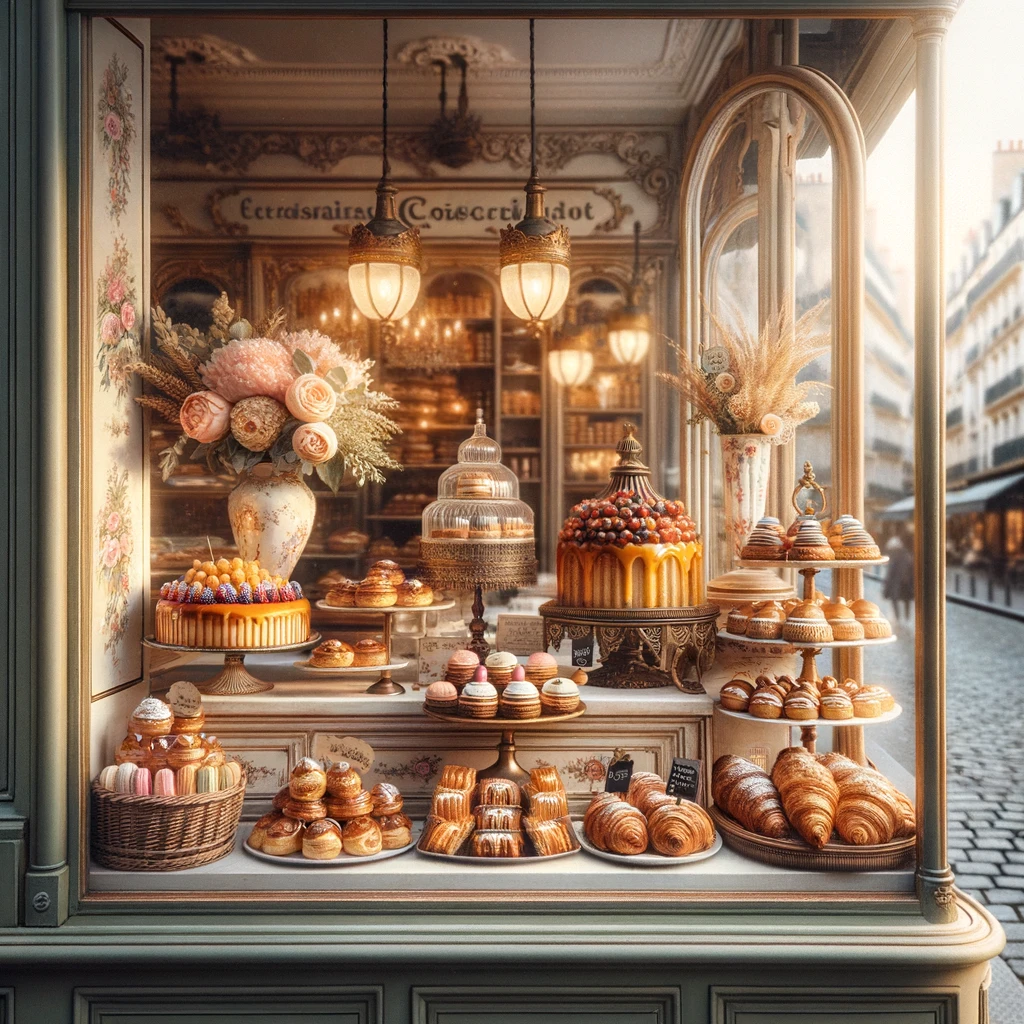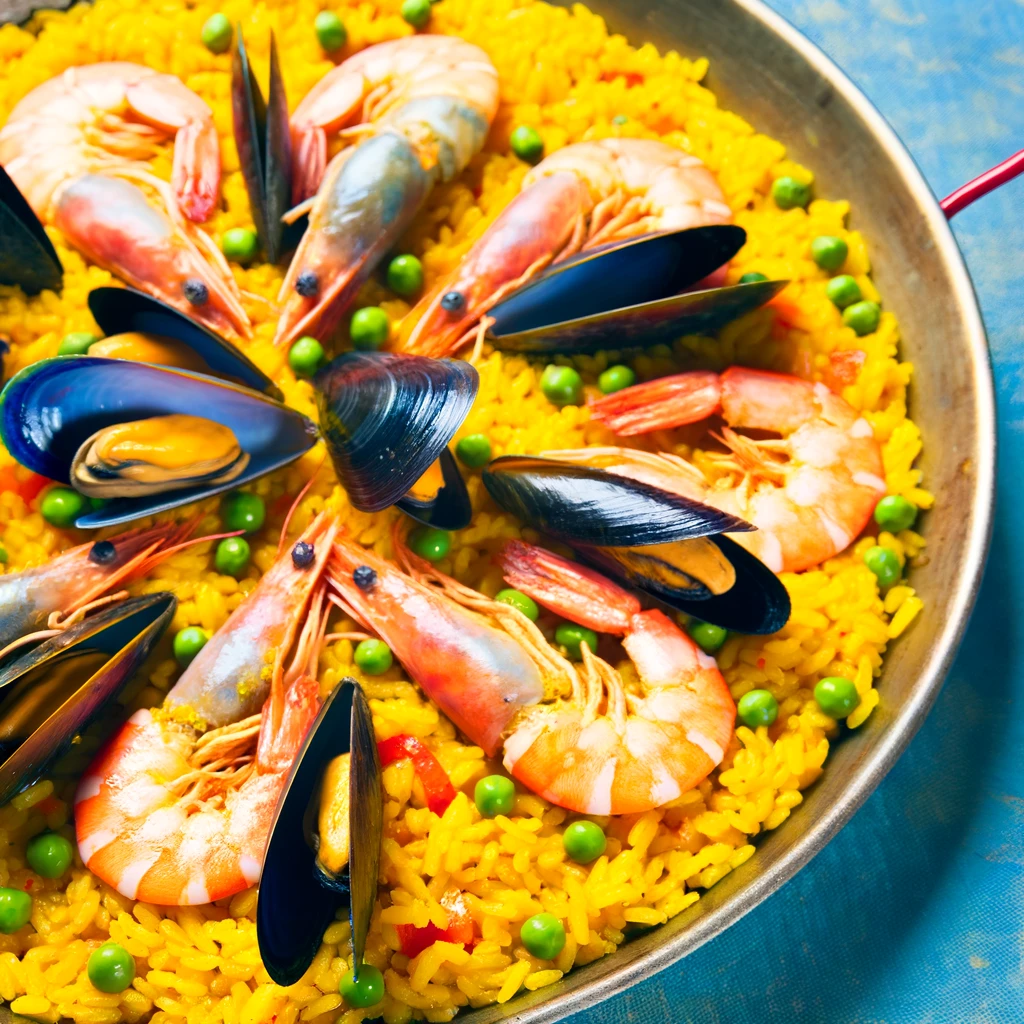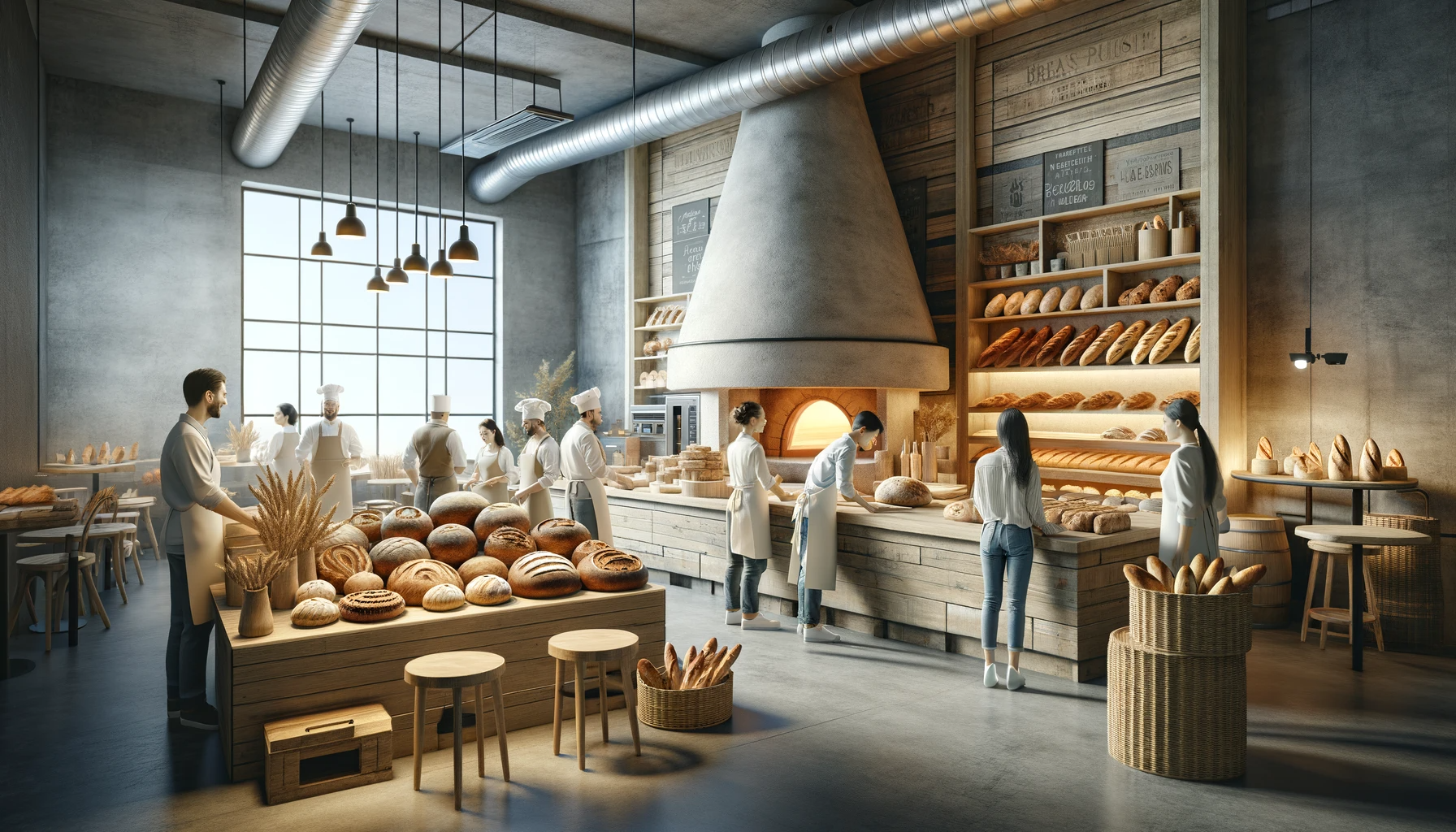The art of French pastry is a tale as rich and layered as a mille-feuille itself. For centuries, French pastry chefs, or ‘pâtissiers’, have been crafting delicate desserts that are as much a feast for the eyes as they are for the palate. From the flaky layers of a croissant to the sweet and tangy notes of a tarte Tatin, French pastries are celebrated and cherished around the world.
A Sweet Beginning
The history of French pastry dates back to the Middle Ages, when monasteries were known for producing simple baked goods. However, it wasn’t until the Renaissance that pastry-making was elevated to an art form. Italian Catherine de Medici’s marriage to the future King Henry II of France in 1533 brought with her a suite of Italian chefs who introduced new baking techniques and recipes. The French soon embraced these methods, infusing them with their culinary flair.
Perfecting the Craft
Over the centuries, French pastry chefs developed and refined their techniques, creating a wide range of desserts. The 18th century saw the rise of specialized pastry shops in Paris. These establishments, known as ‘patisseries’, became centers of innovation. It was during this period that many iconic French pastries, such as éclairs and madeleines, were born.
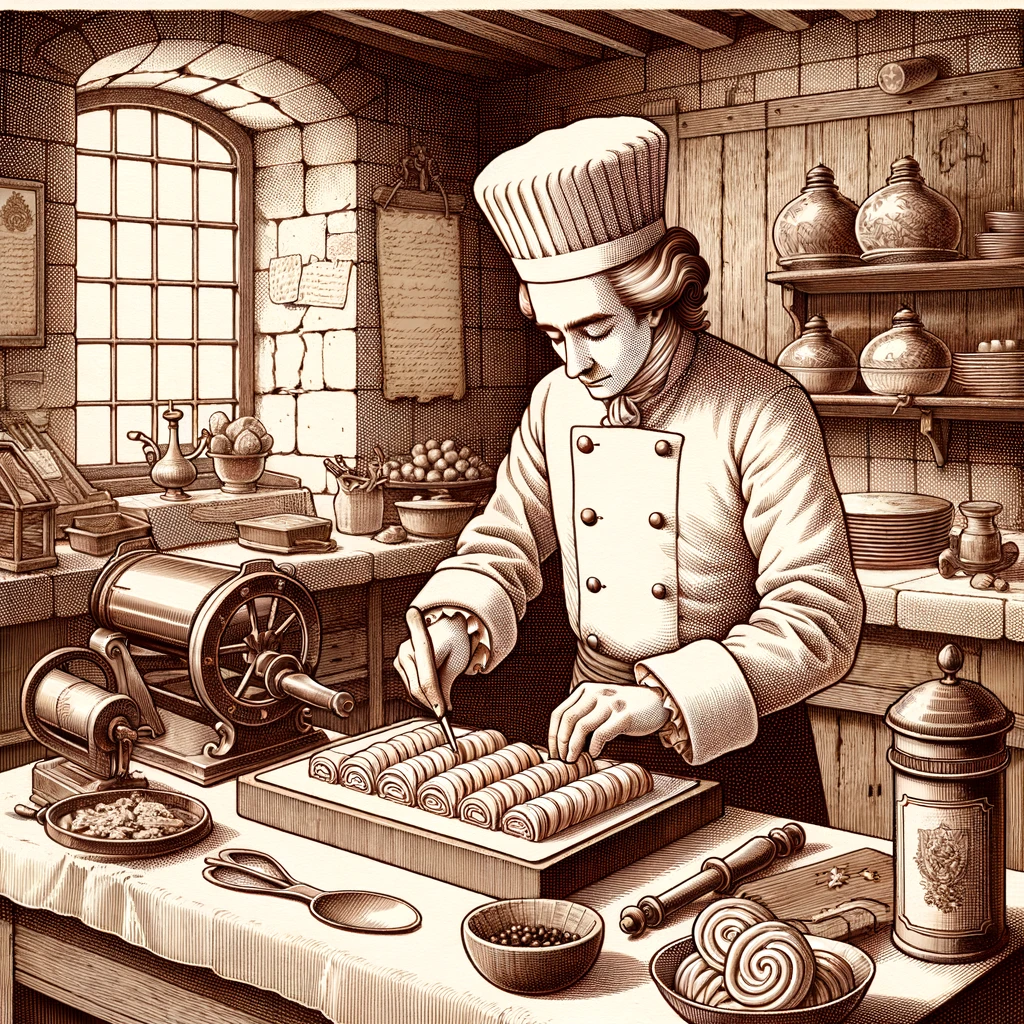
Technique and precision are paramount in French pastry-making. The process of layering thin sheets of pastry dough to create puff pastries, or ‘pâte feuilletée’, requires both skill and patience. Similarly, the art of tempering chocolate and crafting delicate sugar decorations are tasks only undertaken by the most dedicated of chefs.
French Pastry Goes Global
The allure of French pastries is not limited to France’s borders. In the 20th century, as global travel became more accessible, the world began to discover the joys of French desserts. Countries from all corners of the globe started incorporating French pastry techniques into their local desserts.
For instance, in the Philippines, the ‘ensaymada’, a brioche-like pastry topped with butter, sugar, and cheese, is believed to have been influenced by the French brioche. Similarly, the delicate pastries found in places like Vietnam, a former French colony, bear a striking resemblance to their French counterparts.
In neighboring Portugal, the influence of tapas led to the creation of ‘petiscos’, small savory dishes. And while tapas and petiscos are not pastries, the concept of small, bite-sized delicacies can be seen mirrored in French patisseries.
Hong Kong’s dim sum culture, especially the baked varieties, also shares similarities with French pastry, particularly in the use of buttery, flaky pastry. The Portuguese influence in Macau, a neighboring region, further muddled the lines between dim sum and French-inspired pastries.
Modern Innovations
Today, French pastry continues to evolve. Modern chefs, while respecting the traditions, are experimenting with flavors, textures, and presentation. Ingredients from around the world, such as matcha from Japan or saffron from the Middle East, are being incorporated, resulting in a delightful fusion of tastes.
Conclusion
French pastry, with its rich history and diverse range of delectable desserts, remains a testament to France’s culinary prowess. Whether enjoyed in a Parisian café or a bakery halfway across the world, the joy of biting into a perfectly crafted French pastry is universal.
